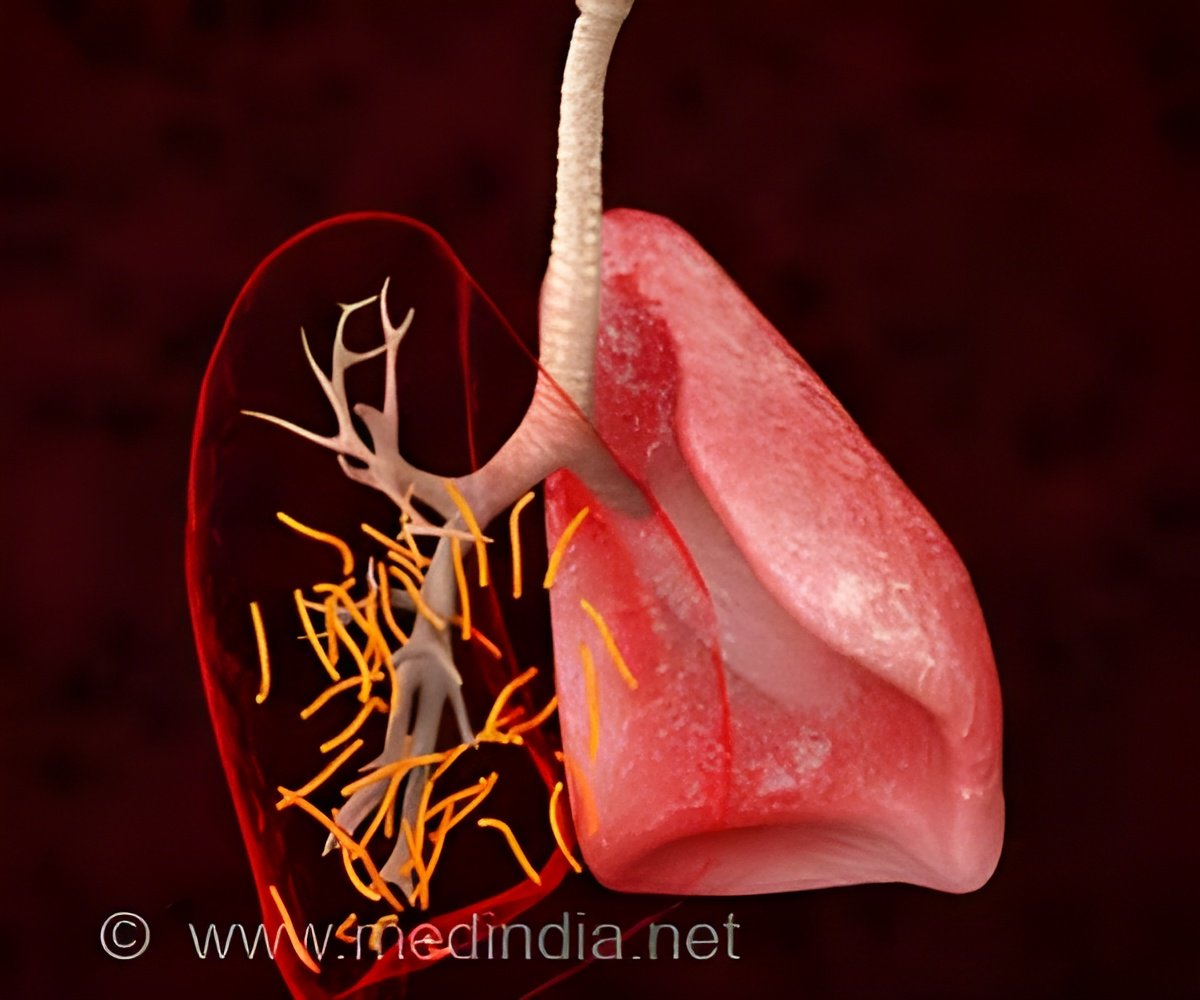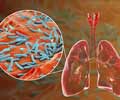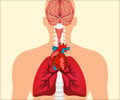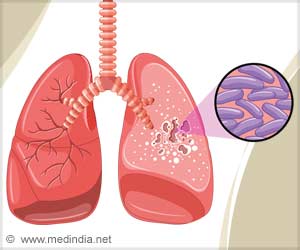Globally every year tuberculosis affects more than 10 million people. India contributes to 30% of the global tuberculosis burden.

World Tuberculosis Day 2023
world tuberculosis day is observed every year on March 24. "Yes! We can end TB!" is the theme for this year, and urges leaders from around the world to act to stop the TB epidemic. The disease is preventable, treatable, and curable, but early diagnosis remains the key. Accurate diagnosis of TB early in the infection cycle can help accelerate therapy and curb the spread of the disease."Given the current infrastructure in India, the early diagnosis of TB continues to be the biggest hurdle in treatment compliance. For TB to be completely eradicated, we need a public health infrastructure that is equipped to detect infectious pulmonary cases early before the disease has a chance to spread," Pavan Choudary, Chairman, Medical Technology Association of India (MTaI), told IANS.
AI and ML have shown more promise in automating early detection, more than the traditional screening for TB via a simple lung X-ray.
AI-powered deep learning neural networks are increasingly being used to analyse medical images, such as chest radiographs or x-rays.
"Modern advances in digital radiology, AI/ML and Nucleic Acid Amplification techniques have now come together to provide rapid, accurate and affordable diagnostics across multiple settings including remote point of care locations, without the need to have well-trained technicians or very extensive infrastructure," Chandrasekhar Nair, Director & CTO, Molbio Diagnostics, told IANS.
"India is the first country globally to roll out point of care molecular detection of TB as a replacement to sputum smear microscopy even at remote locations across the country. This results in very early diagnosis of TB patients and their enrollment in the cascade of care of the National TB elimination programme," he said.
Advertisement
A few states in India have also integrated private players for last-mile delivery of TB drugs. Various adherence solutions from the low-cost 99 dots using SMS services, video observed therapy to IoT-based pill boxes are improving adherence to therapy and leveraging technology to provide an alternative to directly observed therapy methodology.
Advertisement
"These have also improved the overall TB treatment outcomes, reduced the burden of the disease, and saved countless lives," Ganjoo said.
But it remains to evaluate the cost effectiveness of these diagnostic solutions.
According to Susmita Chatterjee, Senior Health Economist, The George Institute for Global Health, India, in the process of TB elimination efforts of the country, the economic consequence of the disease is generally ignored.
In a recent study conducted by the George Institute, and published in the journal PLOS Global Public Health, researchers observed that the total cost of TB treatment from the onset of symptoms to one-year post-treatment ranged from Rs 26,500-30,500 per patient despite free diagnosis and treatment provided by the government.
"The major reason for high cost associated with TB treatment is because the patients with TB symptoms visit on average 12 healthcare providers before they are diagnosed as TB and during this period, they spend about 58 percent of their total treatment cost," said Chaterjee, while stressing the need for reduction of cost incurred before initiation of treatment.
Source-IANS









